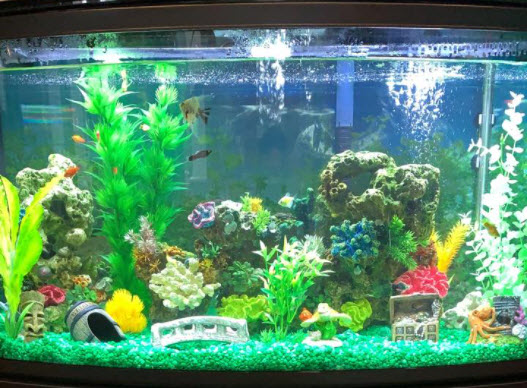
What are just the bare basics of keeping a fish aquarium? This first chapter of the aquarium science website is a series of basic articles on what science has found out is the best way to set up a beginner’s aquarium. This science points out that the aquarium is a natural system, a miniature Mother Nature ecology. And Mother Nature is both very flexible and very forgiving. As a result, there a great many ways to be very successful with aquariums.
.
Keeping Aquariums is Easy!!
.
One common problem with this hobby is that hobbyists overthink it. Don’t go down that rabbit hole. Keep it simple and you will do just fine.
On this website, we give out advice on several “levels”. The “levels” go from simple advice to complex in-depth explanations. I suggest one only do the “deep dives” if you are a real geek like me.
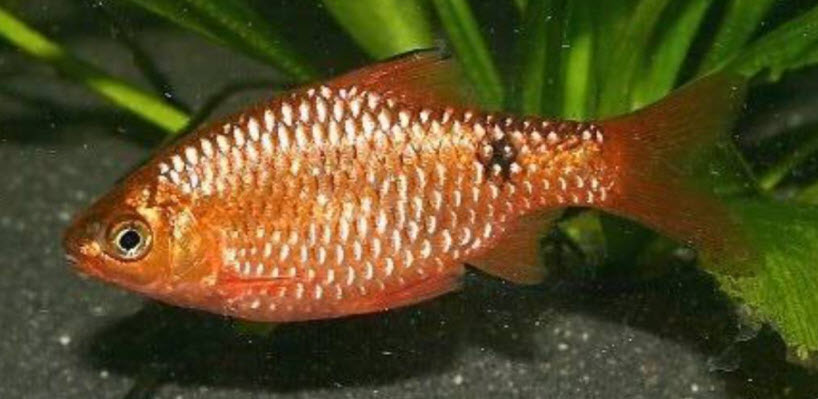
Level 1, Keeping it VERY Simple
This chapter of this website is designed in levels of difficulty in a hierarchical numbered fashion. The first level, the VERY SIMPLEST level, is the fifteen point list below. Here is what to do if you are just beginning with aquariums:
- Ignore the profit-driven directions that came with the aquarium
- Fill the tank with tap water (if you can drink it fish can live in it!).
- Add conditioner if you have chlorine in the water (the ONLY chemical one needs).
- Take the tank to 70 to 80 degrees with a heater (not needed with goldfish).
- Add a cheap, low-tech, filter such as in-tank cartridge filter, hang-on-back cartridge filter, sponge filter, or under-gravel filter (under gravel filters are by far the best option).
- Add a decent-sized air pump (generally the price point just above the cheapest price point pump in the store) and an air stone
- Two ways for this step: Fish-in and Fish-less
- Fish-in: Add a few small fish under three inches in length.
- Fish-less: Do not add any fish
- Cycling: Two ways for this step: Fish-in and Fish-less
- Fish-in: Feed nothing for three days. Then feed very lightly once a day an amount equal to two fish eyeballs (six fish = twelve fish eyeballs) pelleted food.
- Fish-less: Once a day feed 1/8 teaspoon of dry fish food coupled with a teaspoon of human urine for every twenty gallons of water for six weeks before adding any fish
- Do NOT add any plants. If you have already added them just let them “do their thing” without fertilizer.
- Do NOT clean the ornaments when they get algae or vacuum the gravel.
- Do NOT clean the filter and do not replace filter cartridges
- Do NOT buy a water test kit
- ONLY do 50% water changes every two months or so. If stocking gets heavy, increase the number of water changes.
- If your water turns green or gets cloudy just ignore it. It will clear after several weeks.
- Gradually add more fish after five weeks over several months
That’s it! 15 points! Easy!

Level 2, Keeping it Somewhat Simple
The second level of complexity just adds some science to the setup of an aquarium. There are three topics of interest: chlorine, feeding, and “cycling”. This second level of complexity is covered in this article:
1.1. Guidelines for a Beginner
Note that because each article has to stand on it own in this website hierarchy, we often repeat ourselves as we go from simple to complex explanations.
Level 3, Just a Little More Depth
Then there are a series of articles which address what one might be interested in as a beginner in the aquarium hobby:
1.1.1. What to do with Your First Aquarium
1.1.2. A Simple Way to Cycle an Aquarium
1.1.3. Fish Food Simplified
1.1.4. Water Parameters
1.1.5. Filters for the Newbie
1.1.6. Filter Media
1.1.7. Aeration
1.1.8. Stocking a Tank
1.1.9. Brown Algae in a New Tank
1.1.10. Plants and the New Hobbyist
1.1.11. The Most Common Fish Disease – Ich
1.1.12. How to Make Fish Thrive
1.1.12.1. Guideline Example
1.1.13. Fish for the Beginner
1.1.14. Aquarium Maintenance
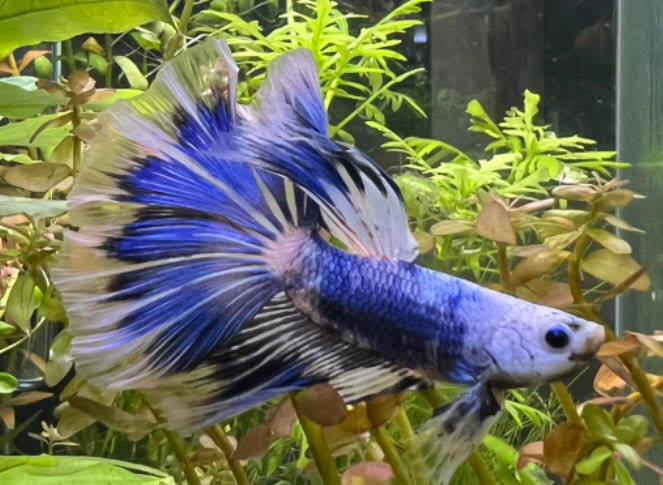
Level 4, General Interest Articles
Then there are sections 1.2. through 1.8. in this chapter. These are some lengthy and somewhat verbose articles which form a fourth level in our hierarchy. The articles 1.2 through 1.4 delve into some topics about where to obtain information about aquariums and how reliable this information is.
There are a huge number of myths parroted around social media about keeping fish. These are the top 150:
1.2. 150 Myths
Then there is a huge amount of often egregious deceptions and downright fallacies promulgated by manufacturers in search of a profit. There are 25 that we have identified in this article:
1.3. Marketing Hype
And there are many sources of data one can use to set up and start an aquarium. Unfortunately, virtually all of them are very unreliable, to put it mildly.
1.4. Sources of Data
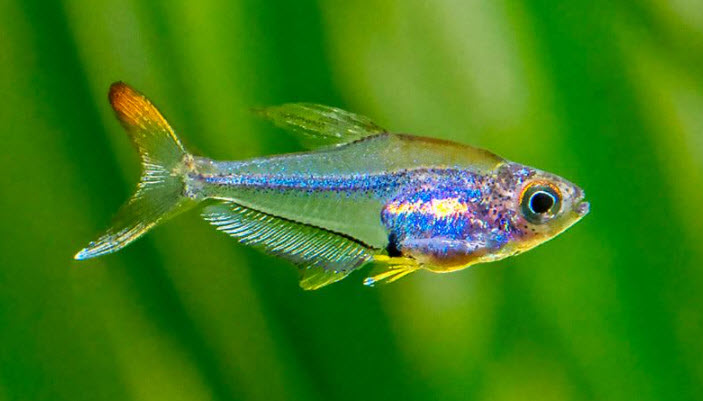
Articles 1.5. through 1.8. continue with some more in-depth general information on aquariums.
There are a huge number of variations on the scheme of keeping fish in an aquarium. This skims the surface of these options:
1.5. Aquarium Options
It is unfortunately relatively common to lose a lot of fish overnight or within days of each other. This goes into the reasons for those deaths in some depth:
1.6. Causes of Rapid Fish Deaths
A very frustrating set of circumstances is when a fish keeper loses fish slowly, over weeks or months. This goes into that in some depth:
1.7. Causes of Slow Fish Deaths
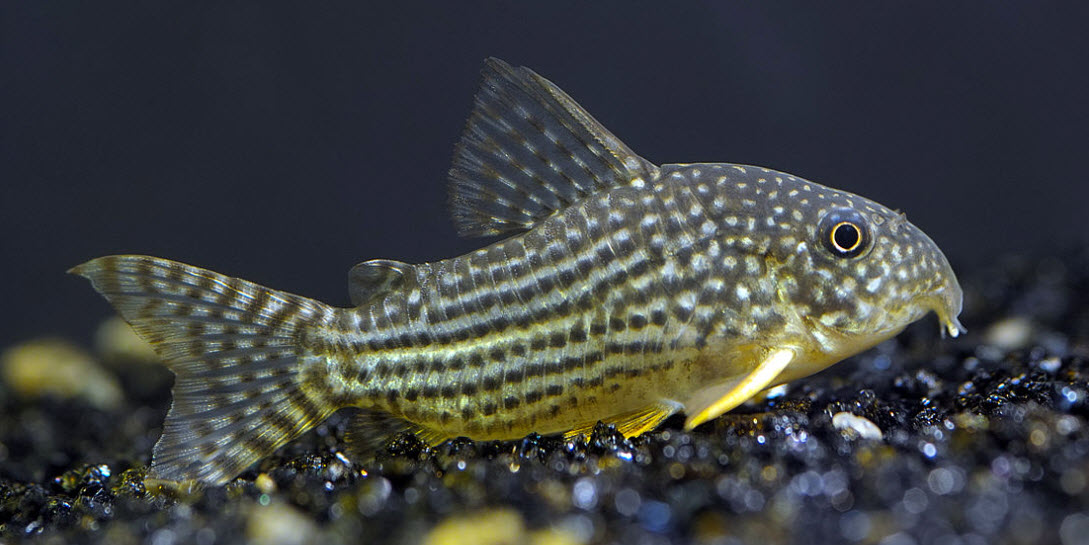
Levels Five through Eight
Then there are eighteen chapters (the fifth layer of complexity) which are listed either to the right side (computer view) or down below (mobile view). These chapters go into the science of aquariums in greater and greater depth with some 400 articles, the sixth “layer” of complexity. Some of these articles have levels seven and even levels eight. Levels seven and eight are typically long boring articles only suitable for real aquarium nerds, like the author.
Note that because each article has to stand on it own in this hierarchy, we often repeat ourselves as we go from simple to complex explanations.
Fish Photos in this Chapter
The fish photos scattered randomly throughout this first “Beginner” chapter of the website are all easy beginner fish. This was very deliberate to allow a beginner to get a taste of the fish available without making them pine over something like discus or neons, which are both NOT beginner fish.
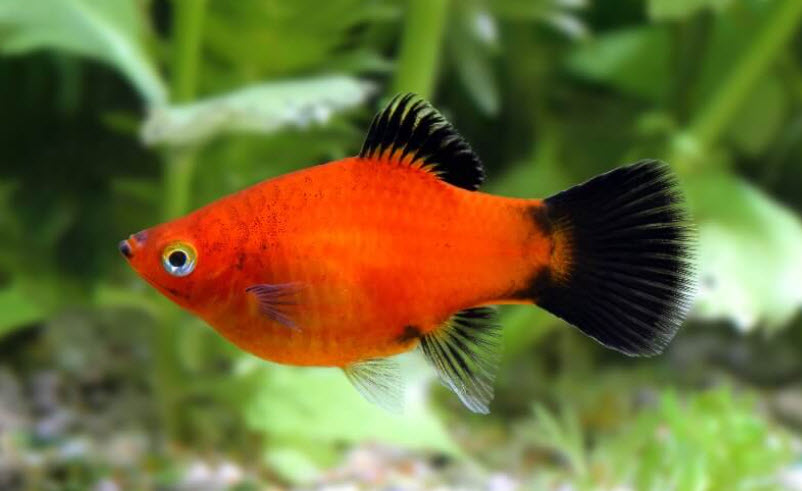
.
Back to Home and Main Menu Page
.
Aquarium Science Website
The chapters listed below or on the right side in maroon lead to close to 400 articles on all aspects of keeping a freshwater aquarium. These articles have NO links to profit-making sites and are thus unbiased in their recommendations, unlike all the for-profit sites you will find with Google. Bookmark and browse!
.

Jeff says
I just wanted to say thank you for this website. Since I started following your advice, I have spent less money and less time on upkeep while getting better results. I just wish I had found your website in time to set up an under gravel filter.
Dave says
Just go ahead and cycle the aquarium. And read all the Basics sections in this website.
Kay says
Hi Dave,
First, I was so relieved to find your site! I was getting overwhelmed and frustrated with all the conflicting advice. Unfortunately, I had already added plants before I found your site and saw your set up steps noting not to add plants. They have been in for one week. I have a basic tank cartridge filter that came with my 29 gallon aquarium kit. That is all I have done so far other than lighting the aquarium for 5 to 7 hours a day. What do I do now?
Dave says
In reply to Matt ….. Easily 90% of the aquariums in the hobby “complete the nitrogen cycle” via water changes. More about this can be found in this article: https://aquariumscience.org/index.php/1-1-10-plants-and-the-new-hobbyist/
More about maintenance can be found in this article https://aquariumscience.org/index.php/1-1-14-aquarium-maintenance/
Note that one of the eighteen chapters in this lengthy website addresses planted tanks. Most all the rest of this website is written about fish only tanks. That is because the vast majority of the aquariums in the world are fish only without plants. More about that in this article: https://aquariumscience.org/index.php/1-5-aquarium-options/
Matt says
Hi Dave,
I’m new to this hobby and I’m quite surprised that you don’t recommend plants for the aquarium, it contradicts everything I have read about how plants are basically required to finish the nitrate cycle.
Can I understand why you recommended this and how a non planted tank maintenance would look like and light etc.
Dave says
Tathagata …. Green water is simply cloudy water where algae is present in significant numbers. One is just a variation of the other. The more light you have, the more likely the cloudy water will turn green.
Tathagata says
Hi Dave,
“If your water turns green …” — I understand Cloudy water from your in-depth articles but why does the water “turn green” ?